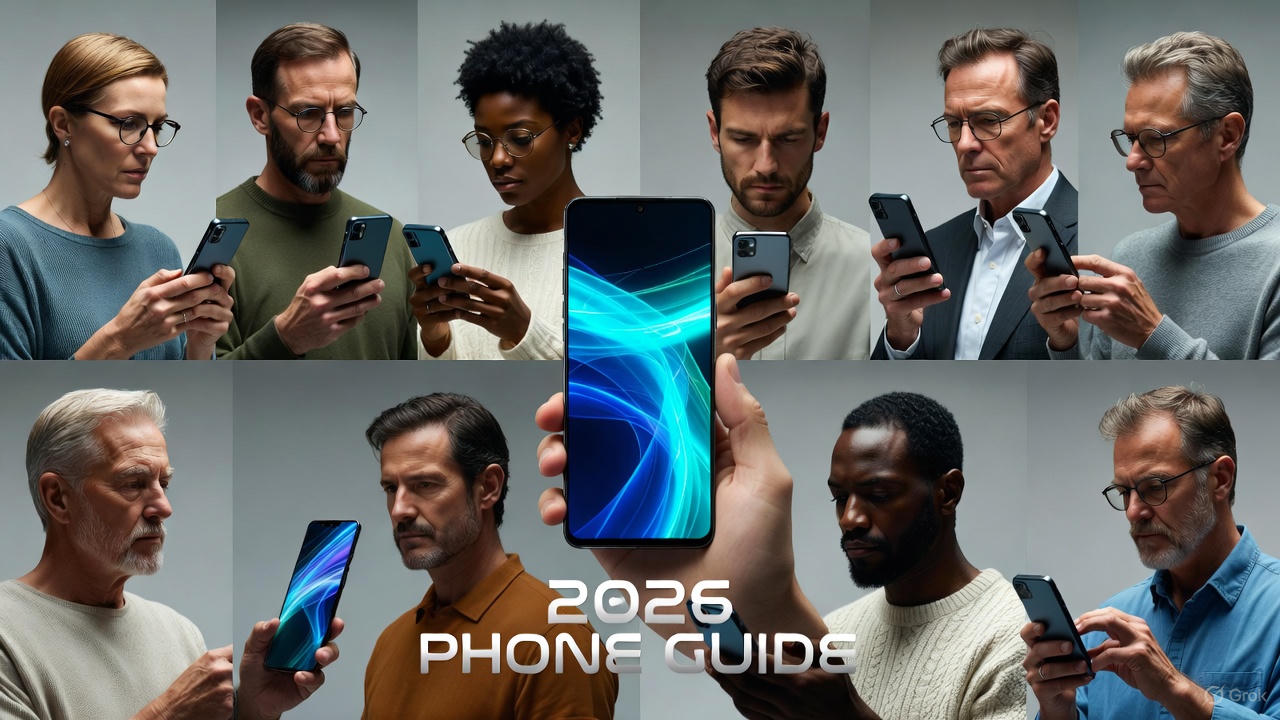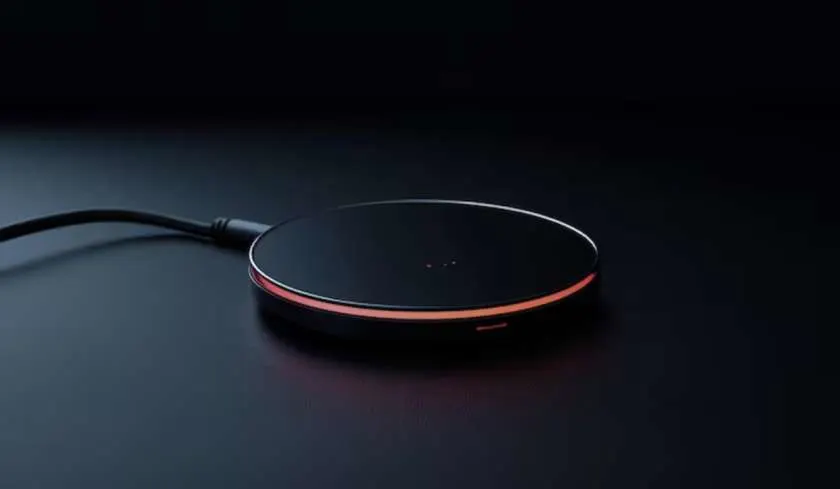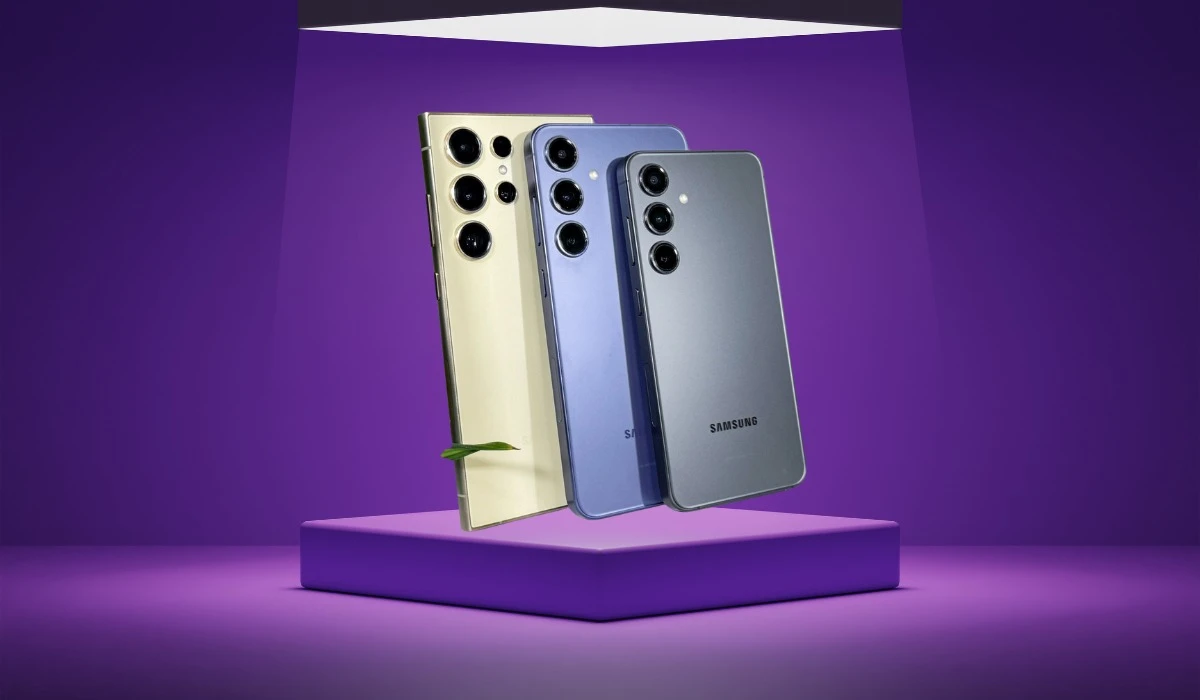By Rashmi Goel
With the popularity of analog cameras in 2022 and beyond, these best film cameras are the perfect investment. After once being considered dead, the film has made a significant comeback in recent years, largely due to Instagram. Photographers these days are becoming more addicted to analog photography. This alchemical thrill can't be replicated in megapixels.
With the advent of digital cameras that are easier to access, why would anyone prefer the old method of taking pictures? Using them correctly seems to be an art in itself, so why bother? They produce satisfying results, that's why. You can take some very stunning pictures with a film camera, but only if you know how to use it. Film cameras may seem complicated, but if you master composition and exposure, you can take some pretty amazing pictures.
35mm vs. 120 Film
In terms of user-friendliness, 35mm and 120 film formats are the most convenient, which actually stands for medium format, not mm. Film size is mainly what determines one's preference. A 120 film is approximately four times larger than a 35mm film. Rolls of 35mm film come in 24 or 36 exposures, while 120 films can only produce 10, 12, or 16 frames. Larger prints benefit more from the larger format's reduced fine details and grain. Unless you're going to take a photography class that goes into more detail, this simple explanation should be sufficient for you.
Difference Between SLR And Rangefinder Cameras
Single-lens reflex cameras and rangefinder cameras are two of the most popular types of cameras. An SLR camera includes an internal mirror that reflects your viewfinder, allowing you to compose and analyze the depth of field more precisely. There are no lenses in the Rangefinder. Instead, they are a series of mirrors and mechanical lenses. In comparison to an SLR, it cannot perceive the depth of field as well. Photographers prefer SLR cameras for landscapes, while rangefinders are best for street photography. Besides the Twin-Lens Reflex, there is also another type of camera: the TLR.
Below are the best film cameras you can buy:
Canon AE-1
Canon's AE-1 was introduced in 1976, making it one of the most popular film cameras ever produced. Canon's AE-1 camera featured an inexpensive plastic body and a cloth focal-plane shutter that offered a wide and repeatable shutter speed range, making it an inexpensive choice for beginners and enthusiasts alike. Although it was powered by a battery, it offered a greater degree of consistency than mechanically operated shutters. Canon's AE-1 used a breech-lock bayonet mount called FD, which has since been replaced by EF, though adapters are available for both. Single silicon photocells with a center-weighted meter provided the metering. An unusual feature of the AE-1 was its shutter-priority automation during a time when most makers favored an aperture-priority approach. The AE-1P was a variant that added AE program capabilities.
Nikon FM2
While other makers were bringing out smaller, cheaper SLRs and new electronic controls at the time, the Nikon FM2 was a throwback even then. While its longevity and durability attracted many fans, it remained in production well into 2001. Regardless of what you think about the current Nikon Df, an FM2 would be a better buy. The FM2 used a vertical metal shutter instead of the horizontal rubberized cloth shutters found in most rival DLRs but was fully mechanical so it did not require a battery - it only required a battery for the internal light meter. This camera's 1/4000sec top shutter speed and copper-aluminum-silicon alloy body allowed it to be sought after by professionals as well as enthusiasts.
Pentax K1000
The K1000's reputation has been built through what must have been considered to be simple cost-cutting. This model was Pentax's cheapest DSLR and even did away with the self-timer and depth of field preview found on other models, just to cut costs. There is no battery for the meter on this camera, but the mechanical shutter can operate without one. It has become a favorite camera among generations of students for its low cost, simplicity, and durability, while generations of lecturers like its purely manual controls and the way it forces you to learn exposure theory. Despite some revisions for autofocus and electronics, the K1000 uses the same Pentax bayonet mount as today.
Nikon F5
Nikon's last full-autofocus film SLR camera was the F5. A film SLR today offers automatic focusing, aperture, shutter priority, and manual lens operation, making it your best choice if you need a camera that can take great pictures. Additionally, the F5 automatically detects your film speed, so you do not have to dial in your ISO manually. The F5 is equipped with advanced professional features and excellent styling, however it is rather heavy and wouldn't necessarily be a top choice for a travel camera. However, if you need a "go-to" camera for any other purpose it would be the best choice.
Olympus OM-1
There was a golden age for 35mm SLRs in the 1970s, and one of the top models was the Olympus OM-1. This was an all-manual SLR, flanked by a more expensive OM-2 and cheaper plastic OM-10 equipped with aperture-priority exposure options. It was designed by the same team that created the PEN and PEN F, which inspired today's digital PEN models. Despite its diminutive size compared to other heavier, bigger SLRs at the time, it had a large, bright optical viewfinder with interchangeable focusing screens. In a unique feature, the shutter speed of the camera was controlled by a ring around the lens, while the ASA (ISO) value for the inbuilt light meter was adjusted via a dial on the top - before DX coding on film canisters was introduced.
Leica M6
They can be quite challenging to use and can take a bit of getting used to, but Leica M rangefinders will always be controversial. With the right hands, rangefinder focusing is fast and precise, but it requires some practice. In terms of results, however, once mastered the M6 can produce some fantastic results, and it has become something of a cult favorite in the film community, so expect to pay a fairly hefty price for a good one. Leica lenses are also expensive, so this is only the beginning. However, if you prefer your film photography to be stripped down to its basics, the M6 will suit you. To be a photographer, you must apply the settings and focus yourself. For Leica M fans, that's what it means to be a photographer.
Fuji GW690
The beautiful thing about 120 roll film, especially medium format, is that it's so flexible, both literally and metaphorically. It is up to the camera maker how much width to use on the film rolls. It didn't matter which way you turned the camera to shoot 6 x 4.5cm medium format pictures and regular 6 x 6cm photos, but other cameras shot extra-wide images, like the RZ67 above and the Fuji GW690. Negatives and transparencies were extra-large but you got fewer exposures per roll. In a comparatively portable package, the GW690 is a fixed-lens camera that offers huge images.
Yashica Mat 124G
Twin lens reflex cameras use a unique double-lens design, with the camera and its taking lens in the bottom half and a matched lens for viewing and composing photos in the top half. The viewing lens projected an image of the scene onto a ground glass screen viewed by flipping up the lid, which sprung open into a kind of lightbox. The image was reversed, which took a bit of getting used to, but the combination of a square image (long before Instagram!) and waist-level viewing encouraged compositions and angles that you just don't 'see' with other cameras. It's a simple and reliable design that shoots 12 frames on medium format 120 roll film, with shallow depth of field effects we pay a fortune to achieve with modern cameras.
Hasselblad 500 C/M
With the Hasselblad 500 C/M we have today, it's impossible to imagine that this camera design was introduced in 1957. The box-shaped design of its utilitarian box looks as if it were designed yesterday, and modern high-end medium format cameras still utilize its flexible and modular features. The camera is the main box, to which you can attach a wide range of lenses, various viewfinder accessories, and various film backs. Especially noteworthy are the interchangeable backs: you could change between square and Polaroid formats, in minutes, or even clip on a Polaroid back to test lighting and composition - this was instant playback (or near it) before digital capture was even considered. With the release of the Hasselblad 907X 50C, a state-of-the-art digital back that snaps straight onto the 500 C/M with a series of satisfying clicks and clunks, the Hasselblad 500 C/M is given new life. It adds another point for this fantastic film camera, since this tactile analog experience is mixed with digital perfection.
Mamiya C330
The Yashica Mat 124G was a twin-lens reflector camera with a fixed lens. The Mamiya C330, however, was a professional camera with interchangeable lenses, which was introduced and became popular during the 1970s as an alternative to the Hasselblad 500, THE professional medium format camera of the time. There was a choice of viewfinders, interchangeable lenses (from 55-250mm), and a focusing screen on the C330, which was a true system camera. While it's a heavy old lump to carry around, you can still see analog camera fans and photography students using them today.
Nikon F6
As a missing link between 35mm SLR cameras and modern digital cameras, the Nikon F6 can be compared to the old-fashioned Nikon F5. There are many of its features that will be familiar to modern digital users, including its full program AE, aperture-priority, shutter-priority and manual modes, powered film advance at up to 5.5fps and an 11-point AF system accompanied by Nikon's 3D Color Matrix metering system. Despite looking like a dream, the aluminum alloy body has a 5.5fps continuous shooting speed that's modest by today's standards. In any case, the F6 offers a chance to own a beautiful, new-looking film camera with modern controls and technology.
Mamiya RZ67
The RZ67, created from the RB67 in 1970, keeps the rotating back that gave the early system its name, as well as the just-off-square image area of 6 x 7 cm. As a comparison, this is much larger than the largest medium format digital models today, which are 6 x 4.5cm. The RZ67 is a modular camera with interchangeable lenses, viewing systems, and backs like the Hasselblad 500 C/M. Though it is a bit heavy and big for extended use at hand, it is best mounted on a tripod. Right now, you may have to shop around to find a working, affordable medium format film camera that is in good condition.
Leica M-A
The RB67 was evolved into the RZ67 in 1970. The earlier system retains a just-off-square 6 x 7cm image area besides the rotating back that gave it its name. Comparatively speaking, this coverage area is greater than that of the largest medium format digital models available today. Comparable to the Hasselblad 500 C/M, it offers interchangeable lenses, viewing systems, and backs. The device is heavy and bulky, so it should be supported by a tripod if used long-term handheld. Medium format film cameras are holding their prices pretty well currently, but you may have to shop around for a good working example at a reasonable price.
Contax G2
Rangefinder cameras such as the Contax G2 are among the most advanced cameras in the world. There is no better 35mm camera in the world, a superbly refined electronic, autofocus camera with outstanding optics. It also provides automatic exposure, auto loading, advance and rewind, as well as TTL metering both for flash and ambient light. Compared to the 1950s-based manual focus LEICA system of today, the modern, smooth, autofocus Contax G2 system is significantly better. This is a fascinating camera to use. Fast, precise, and tight. Focus and metering work smoothly, and the film advances after each shot in a quiet and intelligent manner. Zeiss lenses give them a distinct look that rivals Leica glass. When integrated with a flash, it looks super cool.
Hasselblad XPan
It is an extremely unique camera, combining the advantages of the 35mm format with the ability to switch seamlessly to full panorama mode without changing the film. With the XPan, you can simultaneously create a full panorama of 24x65mm and a conventional panorama of 24x36mm on the exact same roll of film. Unlike other twin-format 35mm cameras, it expanded the format instead of masking it, ensuring that every exposure utilized the entire film area. A full panorama image's 65mm width is similar to a medium format photo, so the XPan is a medium format camera for 35mm film. Aside from its small size, there are a number of features on the camera, including a silent shutter, a quick and quiet motor drive, two CRV2 batteries, and an exposure counter. The camera had three interchangeable compact lenses with focal lengths of 30mm, 45mm, and 90mm. By making use of specially designed interchangeable lenses with wide image circles, the full panorama format was made possible. Known for their razor-sharp image quality and excellent coverage, these medium format lenses were light and extremely compact. The lens elements were coated with multiple layers to ensure high-quality results, providing a brilliant contrast and full chromatic range. With the XPan, as exposed film was wound back into the cassette, the exposed portion was protected in case the camera was accidentally opened. The advantage of this feature - combined with the XPan's exceptionally quiet exposures and film transport - was that no unwanted noise was created since the film was wound only when the photographer chose to load it, not when the camera rolled to an unexpected end of a roll.
Minolta X-700
Featured a simple, friendly, no frills design that made it a trend setting camera. Three primary exposure modes: Program AE ("P"), Aperture Priority AE ("A"), and Manual exposure. Further, TTL OTF flash exposure control was also offered when artificial illumination was necessary. Minolta's MPS system in the X-700 in particular provides a simple focus-and-shoot automated exposure (AE) control. The camera sets both aperture and shutter speed, with continuous LED readouts of the speeds being set. X-700's program is designed to maintain the fastest speed as the light dims, and will provide audible beeps, if desired, to guard against blurring from moving subjects/cameras, making it ideal for people just beginning to work with photography or people who want full automation for ease of use. In spite of the existence of Program AE in some other cameras, it took a camera like the X-700 for it to become a decisive marketing element in SLR cameras as opposed to sheer convenience in P&S cameras.
Nikonos V
People swear by the water-resistant features of this 35mm camera. Bright and flashy, it does have a manual focus, which can be difficult for a beginner. This camera is equipped with an auto exposure feature, as well as interchangeable lenses which deliver crisp, clear images. If you shoot underwater with the TTl flash control, it is capable of handling depths up to 50 meters.
Nikon F100
Nikon introduced the F100 in 1999, a 35 mm film-based single-lens reflex camera body. In order to obtain a more accurate exposure calculation when using direct flash, the F100 uses Nikon's matrix metering system introduced in 1983 with the Nikon FA. The meter in the F100 uses a 10-segment light sensor and distance data from D-type and G-type lenses. As well as matrix metering, the F100 offers standard center-weighted and spot metering modes. The camera is equipped with Nikon's Dynamic Autofocus system and a 4.5 frame per second motor drive with automatic rewind. When coupled with the Nikon MB-15 battery pack, the top motor drive speed is increased to 5 frames per second. There are also many features that are common to high-end 35 mm SLR cameras, such as automatic bracketing modes, DX film speed sensing, and custom functions that let photographers customize certain aspects of the camera's operation to their specific needs.











